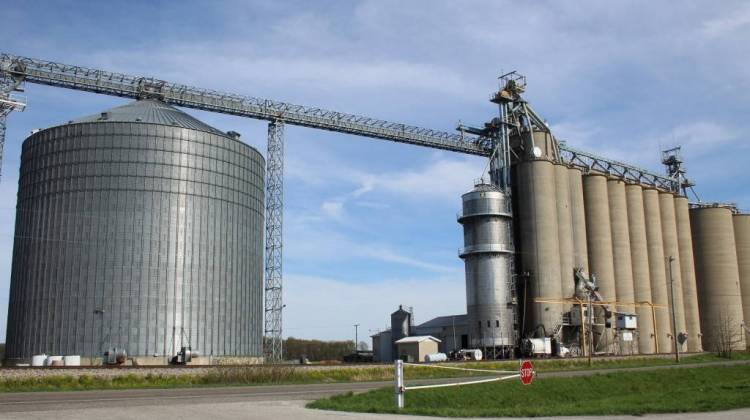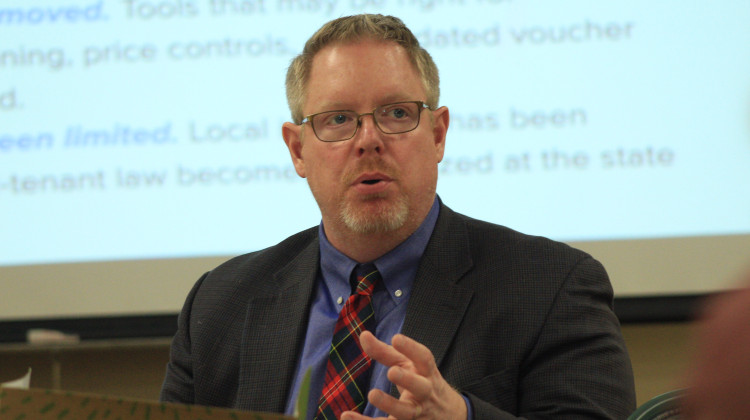As Indiana farmers hurry through planting season – the corn crop is nearly three-quarters planted as of Monday, with soybeans nearly half done – they’re also watching big changes at the USDA.
The department is reorganizing its trade and rural development programs, while the White House takes aim at those issues in its own way.
President Donald Trump’s new budget proposes big cuts to the farm and food safety nets – specifically, a 25 percent reduction for the Supplemental Nutrition Assistance Program, or SNAP, and new limits that would shave billions off federal crop insurance payouts.
Those cuts won’t necessarily make it in to the next Farm Bill, but that’s not the only uncertainty farmers are facing.
Trump also told Congress last week that he’s ready to renegotiate the North American Free Trade Act, which fuels farm exports to Canada and Mexico.
Indiana Farm Bureau President Randy Kron says that’s important in his state, which ranks seventh in ag exports overall.
“Does [NAFTA] need to be updated because it’s 20-plus years old? Probably so,” Kron says. “But we want to make sure it’s done right, and also that we make sure agriculture doesn’t come out losing on the re-negotiations.”
Kron says he’s confident USDA Secretary Sonny Perdue can make that happen. And he’s pleased Perdue is creating a USDA undersecretary for trade.
“To have a president and a secretary of ag recognize how important trade is – it’s welcomed,” Kron says.
Meanwhile, the USDA is getting rid of its rural development undersecretary and putting those programs directly under Perdue’s office. They say it’s a way to promote the issue’s importance. Kron says that’s increasing as on-farm profit margins tighten.
“When you talk to the farm community or farmers across the state, a lot of them have off-farm jobs, and then they farm too,” Kron says. “So having a thriving rural community is pretty important.”
A majority of farmers now work a second job, and Indiana has almost no counties – rural or otherwise – where the economy primarily depends on agriculture.
 DONATE
DONATE









 Support WFYI. We can't do it without you.
Support WFYI. We can't do it without you.